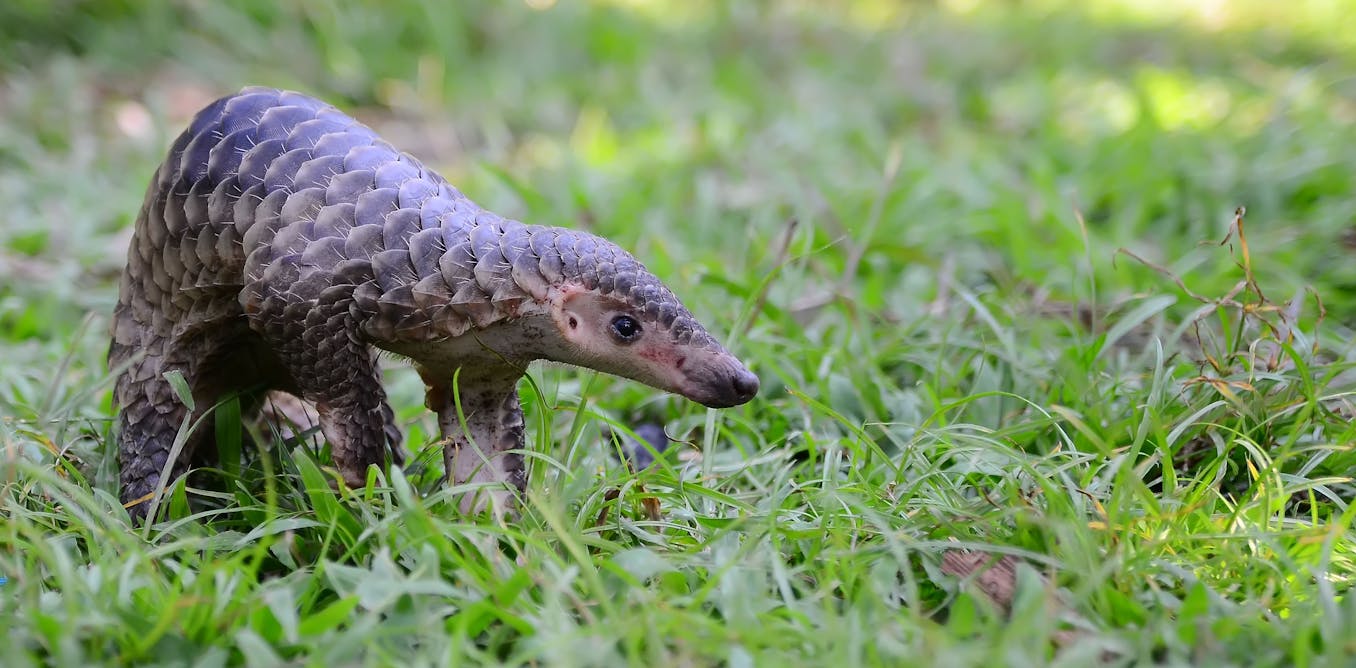Source: https://www.wsj.com/politics/nationa...-show-9bca8865
Chinese Lab Mapped Deadly Coronavirus Two Weeks Before Beijing Told the World, Documents Show
The lead time could have proved critical in combating pandemic, specialists say
By Warren P. Strobel
Jan. 17, 2024 7:00 am ET
WASHINGTON—Chinese researchers isolated and mapped the virus that causes Covid-19 in late December 2019, at least two weeks before Beijing revealed details of the deadly virus to the world, congressional investigators said, raising questions anew about what China knew in the pandemic’s crucial early days.
Documents obtained from the U.S. Department of Health and Human Services by a House committee and reviewed by The Wall Street Journal show that a Chinese researcher in Beijing uploaded a nearly complete sequence of the virus’s structure to a U.S. government-run database on Dec. 28, 2019. Chinese officials at that time were still publicly describing the disease outbreak in Wuhan, China, as a viral pneumonia “of unknown cause” and had yet to close the Huanan Seafood Wholesale Market, site of one of the initial Covid-19 outbreaks.
China only shared the virus’s sequence with the World Health Organization on Jan. 11, 2020, according to U.S. government timelines of the pandemic.
The new information doesn’t shed light on the debate over whether Covid emerged from an infected animal or a lab leak, but it suggests that the world still doesn’t have a full accounting of the pandemic’s origin....
...The Chinese researcher who submitted the virus sequence, Dr. Lili Ren of the Beijing-based Institute of Pathogen Biology, didn’t respond to an email seeking comment. The institute is part of the state-affiliated Chinese Academy of Medical Sciences...
...Melanie Egorin, HHS Assistant Secretary for Legislation, wrote last month to the committee’s chair, Rep. Cathy McMorris Rodgers (R., Wash.), that Ren submitted the virus sequence on Dec. 28, 2019, to a genetic database, GenBank, run by the U.S. National Institutes of Health.
The first known publication of the sequence of the Covid virus, called SARS-CoV-2, came on Jan. 11, 2020, after Chinese authorities shared the information with the World Health Organization. In addition, the Centers for Disease Control and Prevention in Atlanta says the virus sequence was shared with China’s equivalent of the CDC on Jan. 5 but not made known globally to scientists.
The sequence that Ren provided in December 2019 was never published and was deleted from the database on Jan. 16, 2020, after NIH asked her for more technical details and she didn’t respond, Egorin wrote. Then, on Jan. 12, NIH received and published a SARS-CoV-2 sequence from another source.
“The sequence published on January 12, 2020, was nearly identical to the sequence that was submitted by Lili Ren,” Egorin told the committee...
Chinese Lab Mapped Deadly Coronavirus Two Weeks Before Beijing Told the World, Documents Show
The lead time could have proved critical in combating pandemic, specialists say
By Warren P. Strobel
Jan. 17, 2024 7:00 am ET
WASHINGTON—Chinese researchers isolated and mapped the virus that causes Covid-19 in late December 2019, at least two weeks before Beijing revealed details of the deadly virus to the world, congressional investigators said, raising questions anew about what China knew in the pandemic’s crucial early days.
Documents obtained from the U.S. Department of Health and Human Services by a House committee and reviewed by The Wall Street Journal show that a Chinese researcher in Beijing uploaded a nearly complete sequence of the virus’s structure to a U.S. government-run database on Dec. 28, 2019. Chinese officials at that time were still publicly describing the disease outbreak in Wuhan, China, as a viral pneumonia “of unknown cause” and had yet to close the Huanan Seafood Wholesale Market, site of one of the initial Covid-19 outbreaks.
China only shared the virus’s sequence with the World Health Organization on Jan. 11, 2020, according to U.S. government timelines of the pandemic.
The new information doesn’t shed light on the debate over whether Covid emerged from an infected animal or a lab leak, but it suggests that the world still doesn’t have a full accounting of the pandemic’s origin....
...The Chinese researcher who submitted the virus sequence, Dr. Lili Ren of the Beijing-based Institute of Pathogen Biology, didn’t respond to an email seeking comment. The institute is part of the state-affiliated Chinese Academy of Medical Sciences...
...Melanie Egorin, HHS Assistant Secretary for Legislation, wrote last month to the committee’s chair, Rep. Cathy McMorris Rodgers (R., Wash.), that Ren submitted the virus sequence on Dec. 28, 2019, to a genetic database, GenBank, run by the U.S. National Institutes of Health.
The first known publication of the sequence of the Covid virus, called SARS-CoV-2, came on Jan. 11, 2020, after Chinese authorities shared the information with the World Health Organization. In addition, the Centers for Disease Control and Prevention in Atlanta says the virus sequence was shared with China’s equivalent of the CDC on Jan. 5 but not made known globally to scientists.
The sequence that Ren provided in December 2019 was never published and was deleted from the database on Jan. 16, 2020, after NIH asked her for more technical details and she didn’t respond, Egorin wrote. Then, on Jan. 12, NIH received and published a SARS-CoV-2 sequence from another source.
“The sequence published on January 12, 2020, was nearly identical to the sequence that was submitted by Lili Ren,” Egorin told the committee...


Comment